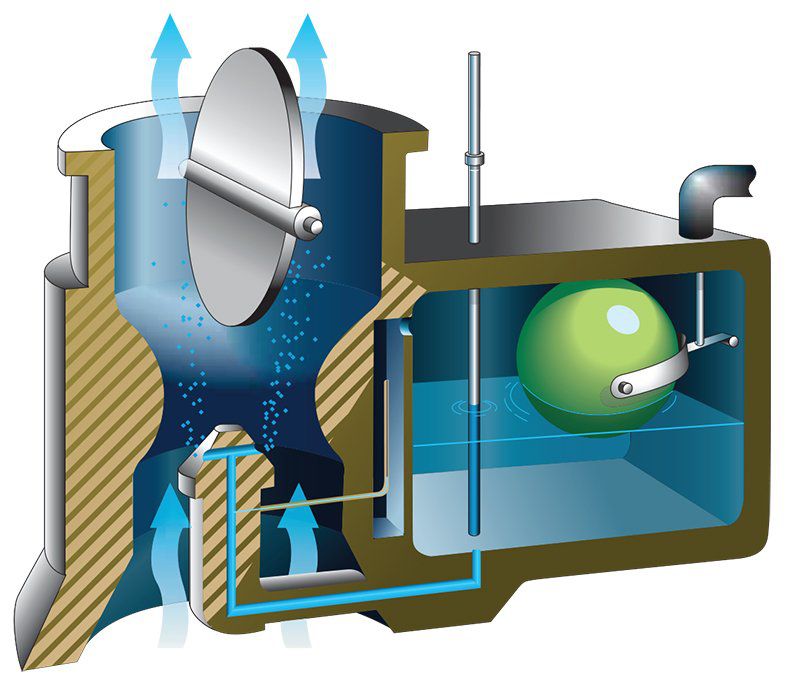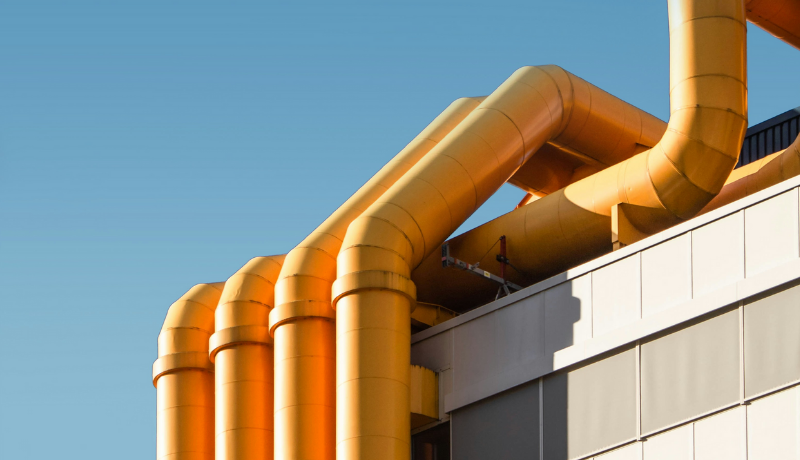In the quest for more sustainable and efficient transportation, vapour induction fuel systems have emerged as a compelling option. But can this innovative technology truly transform the automotive industry for environmentally conscious drivers? More on this below. Keep reading to discover if vapour induction is the future of eco-friendly vehicles.
Vapour induction fuel systems represent a significant advancement in automotive technology, offering a novel approach to improving fuel efficiency and reducing harmful emissions. This innovative system relies on the principles of vaporization and induction to enhance combustion, ultimately resulting in a more sustainable and environmentally friendly mode of transportation. In this article, we will delve into the key components and working principles of vapour induction fuel systems, highlighting their potential benefits and implications for the automotive industry.
Understanding Vapour Induction Fuel Systems
At its core, a vapour induction fuel system is designed to optimize the fuel-air mixture supplied to an internal combustion engine. Traditionally, fuel injection systems introduce liquid fuel directly into the engine’s cylinders, where it mixes with air before ignition. Vapour induction, on the other hand, focuses on converting liquid fuel into a gaseous state before it enters the combustion chamber. This transformation is achieved through a series of carefully designed components and processes.
Key Components
- Fuel Vaporizer: The heart of the vapour induction system is the fuel vaporizer. This component is responsible for converting liquid fuel into vapor by heating it to its boiling point. Various methods, such as exhaust heat recovery or electric heating elements, can be employed for this purpose.
- Vapour Transport Lines: Once the fuel is vaporized, it is transported through dedicated lines to the intake manifold of the engine. These lines must be designed to prevent any condensation or re-liquefaction of the vapor during transit.
- Mixing Chamber: At the point of induction, the fuel vapor is mixed with incoming air, creating a homogenous fuel-air mixture. Proper mixing is crucial to ensure efficient combustion and minimize emissions.
Working Principles
The operation of a vapour induction fuel system can be summarized in the following steps:
- Vaporization: Liquid fuel is heated to its boiling point, converting it into vapor. This process is carefully controlled to prevent overheating and ensure complete vaporization.
- Fuel-Air Mixing: The vaporized fuel is introduced into the intake manifold, where it mixes with incoming air. This mixture is then distributed to the engine’s cylinders.
- Combustion: During the compression stroke, the fuel-air mixture is ignited by the spark plug. Combustion occurs more efficiently in a gaseous state, resulting in improved fuel efficiency and reduced emissions.
Benefits of Vapour Induction Fuel Systems
- Enhanced Fuel Efficiency: By optimizing the combustion process and improving the fuel-air mixture, vapour induction systems can significantly increase fuel efficiency, leading to reduced fuel consumption and cost savings for vehicle owners.
- Reduced Emissions: The more complete combustion of vaporized fuel results in fewer unburned hydrocarbons and lower emissions of harmful pollutants, contributing to cleaner air quality and compliance with environmental regulations.
- Improved Cold-Start Performance: Vapour induction systems can provide superior performance during cold starts, as vaporized fuel is easier to ignite than liquid fuel, reducing engine warm-up times and associated emissions.
- Extended Engine Life: The cleaner combustion and reduced wear and tear on engine components can lead to extended engine life and reduced maintenance costs.
Hot Take: It’s safe to say that vapour induction fuel systems are heating up the competition in the automotive industry, and they might just be the breath of fresh air our planet needs. Now, that’s what I call a “vapor-tunity” worth exploring









